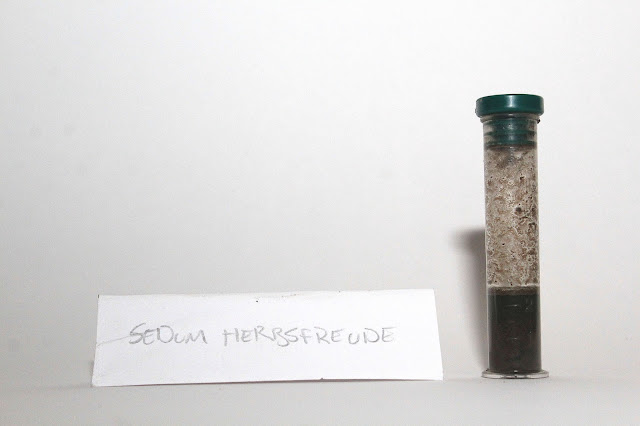 |
| p.H 7.5 - ALKALINE |
Common Name: Periwinkle
Latin Name: Vinca
Spp.
Type: Evergreen
perennial
Location: Fletcher
Moss Park, Didsbury.
Ultimate height: Up
to 1m
Ultimate spread: Up
to 1.5m
Located Vinca Spp
height: 200mm
Leaf Shape: Dark
green shiny ovate leaves stalked in opposite pairs.
Bark: No bark
but long thin green stems
Preferred soil
type: Well drained sand, chalk, clay or loam
Fruit/Flowers: Flowers
have 5 petals which are slightly truncated and are blueish purple in
colour with white centres. The fruits are displayed in capsules.
Distribution: Native
to Southern and Central Europe. Well known garden plants throughout Britain.
I have
displayed two of my Vinca findings, one of which is clustered amongst
a boarder-like hedge. The second being of a ground covering nature within a
planting bed. From observation, it seems that the plant, which is located
amongst the hedge, has self seeded, meaning that its presence was
un-intentional. However, the Vinca coverage seems to have been planted with
intent to achieve a dense, and boundary-like edge to the curving pathway. The
shear span of its coverage also indicates that this Vinca was planted
intentionally, as additional space surrounding its initial plant
location was provided in order for it to expand and cover a wider area. Because
of the mass of space given for it to dominate, the plant will continue
to excel in health, as it has no opposition to share nutrients with. Its
low growing tendencies are beneficial for this location as it allows views
across the park and remains un-challenged when in inclement weather. Due to the
large tree in close proximity, a high growing plant will have struggled for
sunlight, which would have been prevented by the tree canopy above. It
also brings a deep-green colour palette to the area with petite, purple
flower; adding to the surrounding 'subtle' colour palette.



























































